Chordata

Cactus Wren
Campylorhynchus brunneicapillus

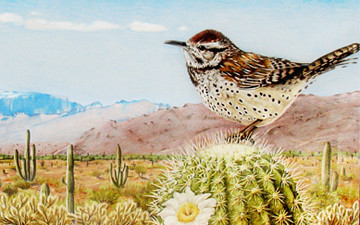
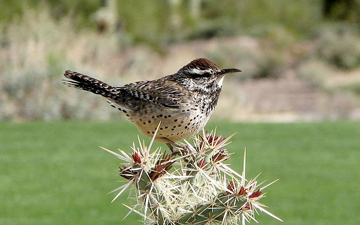
5 POINTS
• Campylorhynchus brunneicapillus has a FLIGHT of 2.
The cactus wren was named the official Arizona state bird in 1931. Its latin name means curved beak.
Warm, Hot
Graphic by Jacqueline Raejacquelinerae.deviantart.com
Photo by Bernard Gagnoncommons.wikimedia.org/wiki/File:Campylorhynchus_brunneicapillus_02.jpg
The Cactus Wren (Campylorhynchus brunneicapillus) is the largest North American wren, and is 18–23 cm (7-9 inches) long. Unlike the smaller wrens, the Cactus Wren is easily seen. It has the loud voice characteristic of wrens. The Cactus Wren is much less shy than most of the family. Its marked white eyestripe, brown head, barred wings and tail, and […] read more

Long Nosed Butterfly Fish
Forcipiger flavissimus

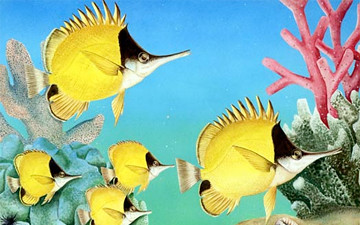
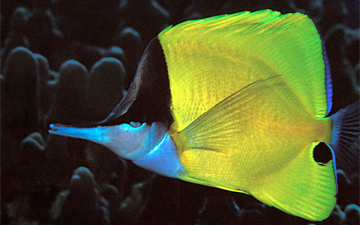
10 POINTS
• Forcipiger flavissimus has a MOVE of 2. Forcipiger flavissimus has a black spot on their tail to confuse predators.
Cool, Warm
Graphic by Joel Carlsonwww.zazzle.com/joeyartist
Photo by LASZLO ILYESen.wikipedia.org/wiki/File:Forcipiger_flavissimus.jpg
Long Nosed Butterfly Fish (Forcipiger flavissimus) can usually be found swimming alone or in small groups of up to five fish. Once an adult butterflyfish finds its mate it pairs up for life. When it is time to have babies, butterflyfish gather in large groups, and their eggs are carried away by the ocean current, […] read more

Eurasian Coot
Fulica atra

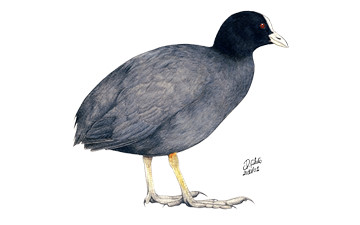
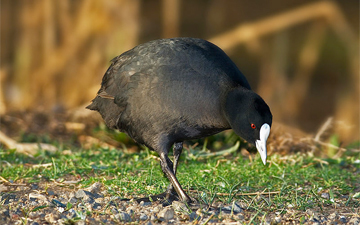
5 POINTS
• Fulica atra has a FLIGHT of 1. • Fulica atra must be placed adjacent to at least one FRESH WATER containing card.
Cool, Warm
Graphic by Psamophispsamophis.deviantart.com/
Photo by Noodle snacksen.wikipedia.org/wiki/File:Eurasian_Coot.jpg
The Eurasian Coot, Fulica atra, also known as Coot, is a member of the rail and crake bird family, the Rallidae. The Australian subspecies is known as the Australian Coot. Distribution The Coot breeds across much of the Old World on freshwater lakes and ponds. It occurs and breeds in Europe, Asia, Australia, and Africa. The species has recently expanded its range into New Zealand. It is […] read more

Gray Wolf
Canis lupus

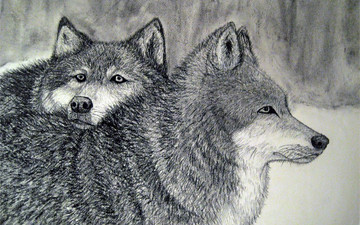
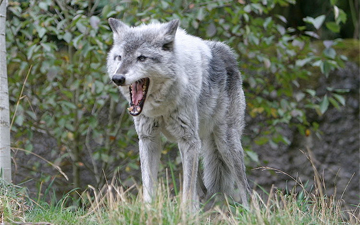
7 POINTS
Play: Canis lupus has a MOVE of 2.
Fact: Highly territorial, Canis lupus packs defend their territory through scent marking, howling, and direct attacks.
cold, cool, warm
Graphic by Banto88banto88.deviantart.com/
Photo by Cacophonycommons.wikimedia.org/wiki/File:GreyWolfOregonZoo.jpg
The grey wolf (Canis lupus), often known simply as the wolf, is the largest wild member of the Canidae family. Though once abundant over much of Eurasia and North America, the grey wolf inhabits a reduced portion of its former range due to widespread destruction of its territory, human encroachment, and the resulting human-wolf encounters that sparked broad extirpation. Even so, […] read more

Humpback Turretfish
Tetrosomus gibbosus


Sorry, there is no photo available. If you have one, please submit
here
.
10 POINTS
• Tetrosomus gibbosus has a MOVE of 2.
Cool, Warm
Graphic by Ernst Haeckelen.wikipedia.org/wiki/Ernst_Haeckel
Ostraciidae is a family of squared, bony fish belonging to the order Tetraodontiformes, closely related to the pufferfishes and filefishes. Fish in the family are known variously as boxfishes, cofferfishes, cowfishes and trunkfishes. Ostraciidae occupy the Atlantic, Indian, and Pacific oceans, generally at middle latitudes, although the common or buffalo trunkfish (Lactophrys trigonus) which lives mainly in Florida waters may be found as far north as Cape Cod. The cowfish […] read more

Eurasian Lynx
Lynx lynx

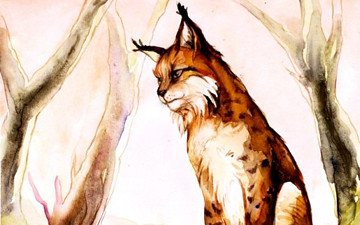
Sorry, there is no photo available. If you have one, please submit
here
.
9 POINTS
• Lynx lynx has a MOVE of 2.
Lynx lynx adults are mainly nocturnal and live solitary lives.
Cool, Warm
Graphic by Mywiel Myrskymyrsk.deviantart.com/
The Eurasian lynx is the biggest of the lynxes, ranging in length from 81 to 129 centimetres (32 to 51 in) and standing about 70 centimetres (28 in) at the shoulder. Males usually weigh from 18 to 30 kilograms (40 to 66 lb) and females weigh 18 kilograms (40 lb) on average.[3] It has powerful legs, with large webbed and […] read more